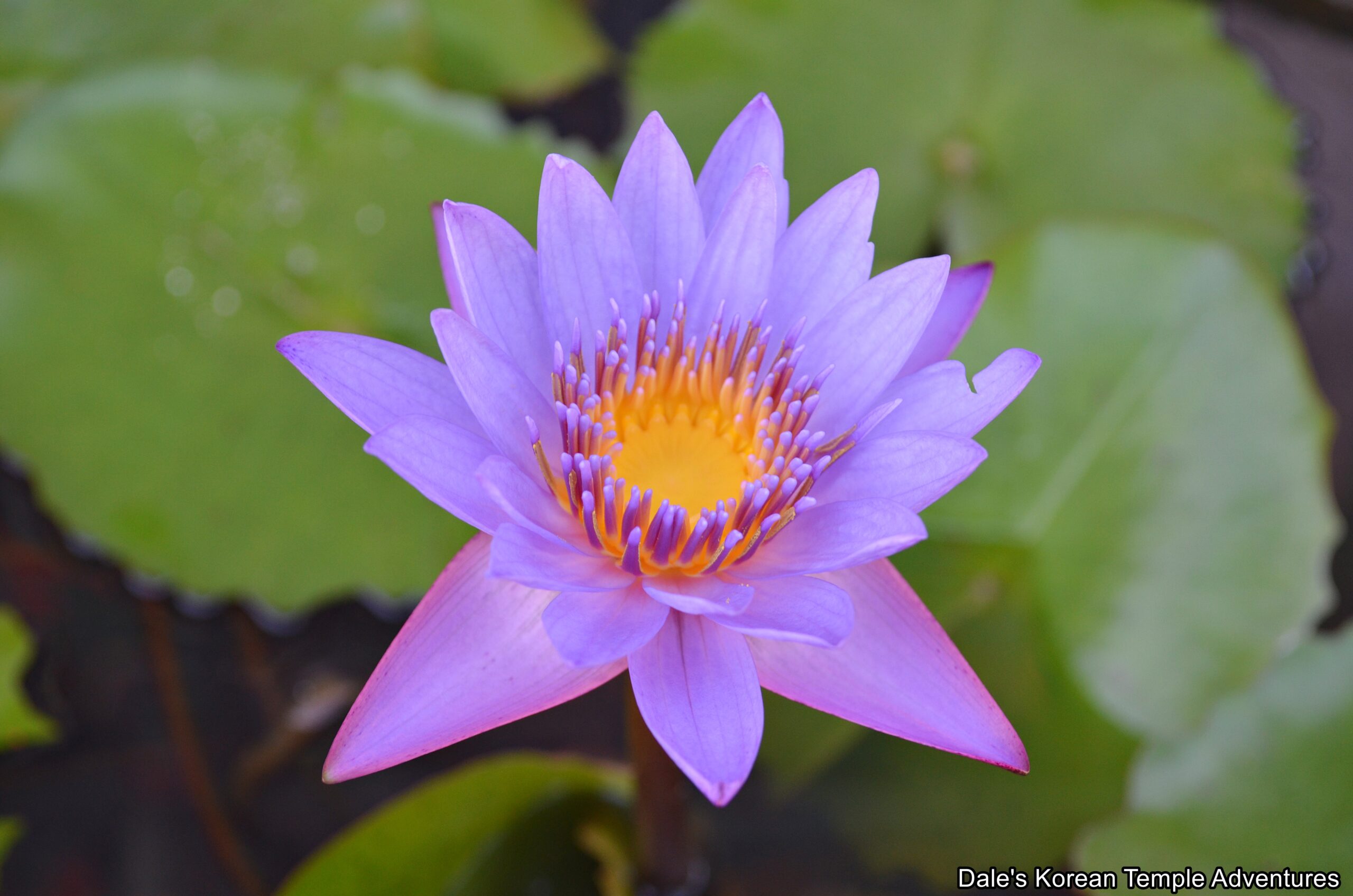
The Lotus Flower and Korea
In Korean Buddhism, and Buddhism more broadly, the lotus flower is arguably the most popular symbol used. In Korean Buddhism, it can appear almost anywhere including in paintings, latticework, altars, nimbus, mandorla, statues, bells and pedestals.
In general, the lotus flower is associated with faithfulness, spiritual awakening, and purity. Additionally, the lotus flower is also known to symbolize purity of speech, body, and of the mind. The reason for this is that the lotus flower emerges from the muddy and murky water perfectly clean. This symbolism is manifested in the purity of the enlightened mind rising above the muddy midst of the suffering of Samsara.
The different colours of the lotus flower have different meanings. The white lotus flower symbolizes mental purity and spiritual perfection. The red lotus flower represents compassion. The blue lotus flower symbolizes wisdom and intelligence; and thus, it’s typically the colour of the lotus flower that Munsu-bosal (The Bodhisattva of Wisdom) holds. Also, the blue lotus flower is typically depicted as being partially opened. And finally, the gold/yellow lotus flower represents the completion of enlightenment.
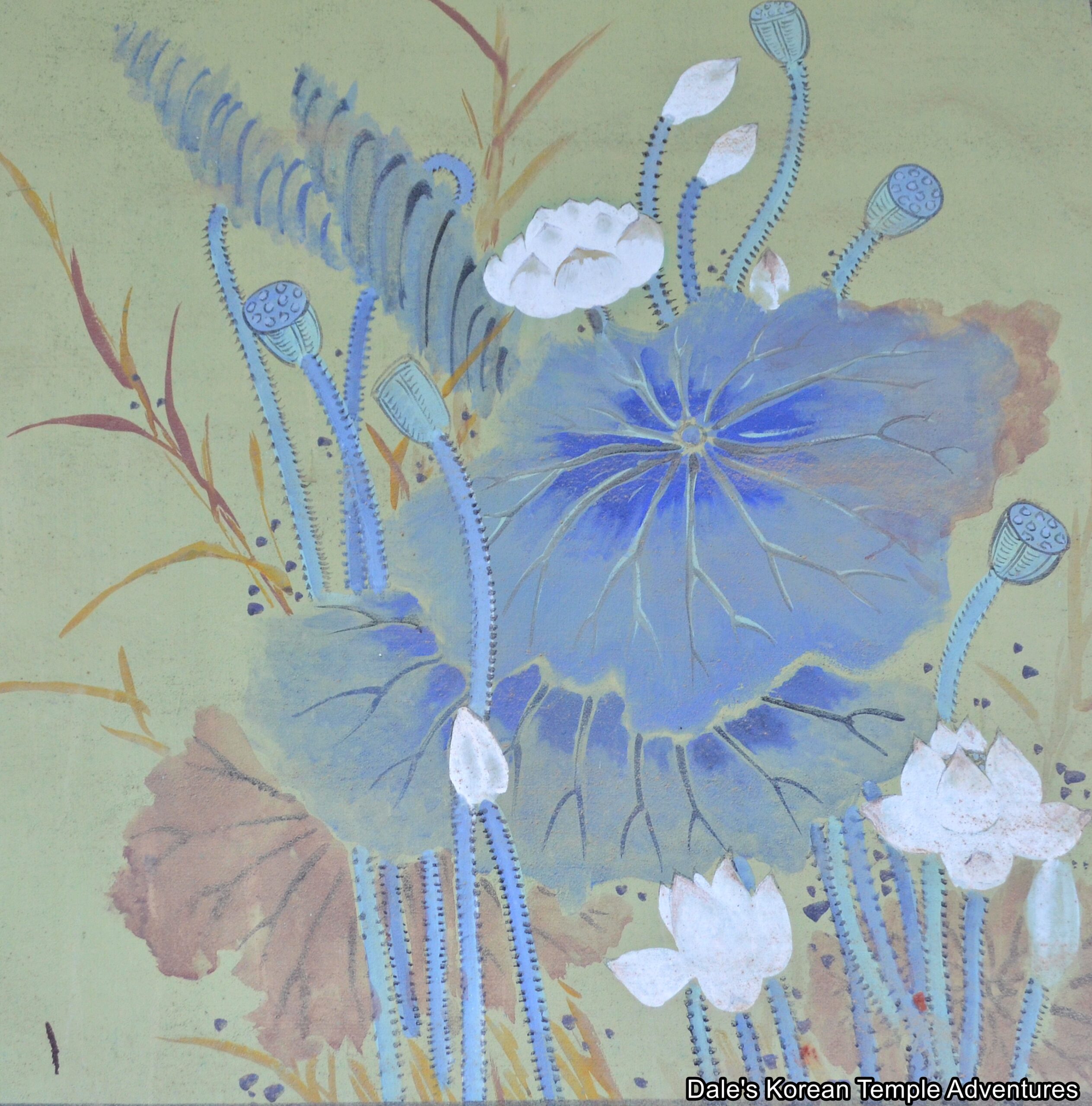
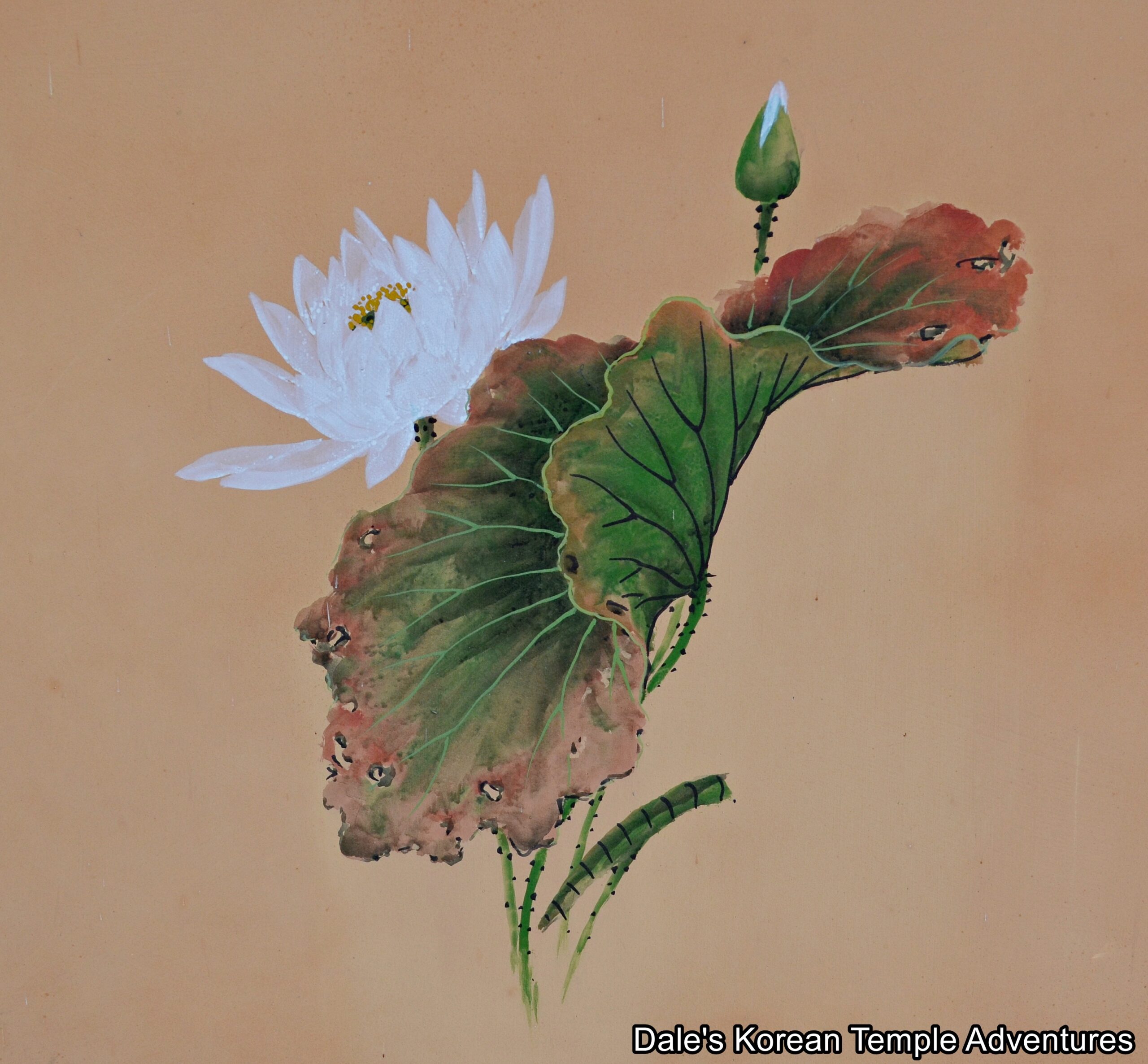
In addition to all of this symbolic meaning, the lotus flower has a bit of a paradoxical existence in Korean Buddhism. While it is venerated as a symbol of Korean Buddhism, it is also used in daily life, as well. Seeds are used for cooking rice, leaves to brew tea, lotus roots to cook, and the fibers are made to use thread. Thus, a lotus flower has a dual purpose: that of symbolism and that of a practical purpose.
Another interesting fact about the lotus flower outside this dual purpose is in Korean society, in general. In Korea, nearly all ponds are referred to as “yeonmot – 연못” in Korean, which literally means “lotus pond” in English. It’s yet another example of just of pervasive Buddhist language is in Korean.
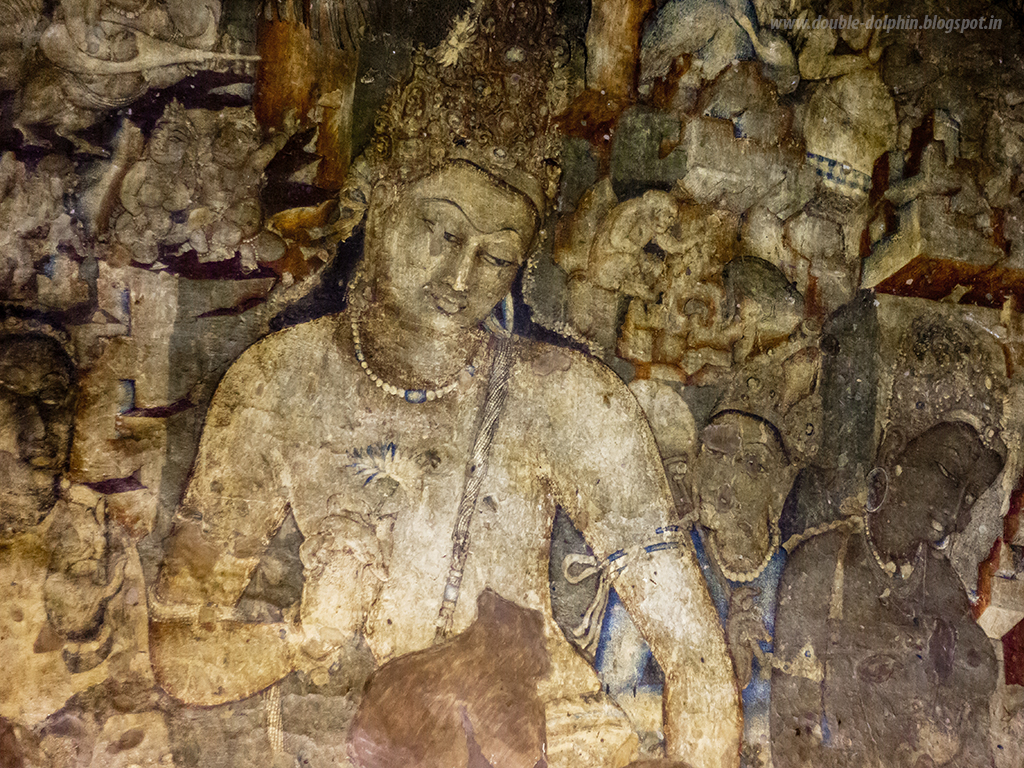
The Lotus Flower and India
But before the lotus flower came to symbolize what it does in Korean Buddhism, and in Buddhism more generally, it’s important to take a look at its origins. And for the lotus flower, its origins start in India.
In Buddhist history, the lotus flower made its first appearance when the Hindu deity Brahma visited the Buddha, Seokgamoni-bul (The Historical Buddha) shortly after his enlightenment. At first, the Buddha, Seokgamoni-bul, decided to keep his enlightenment a secret and not share it with any other living beings. However, Brahma urged the Buddha to reconsider, explaining his viewpoint through the usage of the lotus flower as a metaphor.
The metaphor that Brahma would employ when using the lotus flower was to categorize beings into three distinct groups. The first of these groups consists of lotus flowers submerged underwater and seen as beyond redemption. The second symbolic category has the lotus flower growing towards the water’s surface and struggling to break through. This, in effect, represents beings in need of the Buddha’s teachings. And finally, the third group features the lotus flower soaring high above the murky water and into the open air. This symbolizes beings as fully self-sufficient and not requiring salvation having gained enlightenment. While this metaphor might have a bit of a controversy attached to it because of its potential support of the theory of three inherent natures, it also highlights the central significance that the lotus flower plays in Buddhism.
Another interesting feature in Buddhism is that the Buddha, Seokgamoni-bul, never explicitly describes the lotus flower as a noble symbol of spiritual growth in any of the sutras. Instead, the closest we get is the connection to the Lotus Sutra.
Thus, the very transformation of the lotus flower symbol to represent original purity can be attributed to the influence of Indian culture.
The Lotus Flower and China
What’s interesting about the symbolic origins in India is that it didn’t seem to be transferred over to other nations as Buddhism migrated eastward. Instead, it was the Chinese that elevated and appreciated the lotus flower’s ability to remain clean in its muddy surroundings. Indians, on the other hand, considered it commonplace.
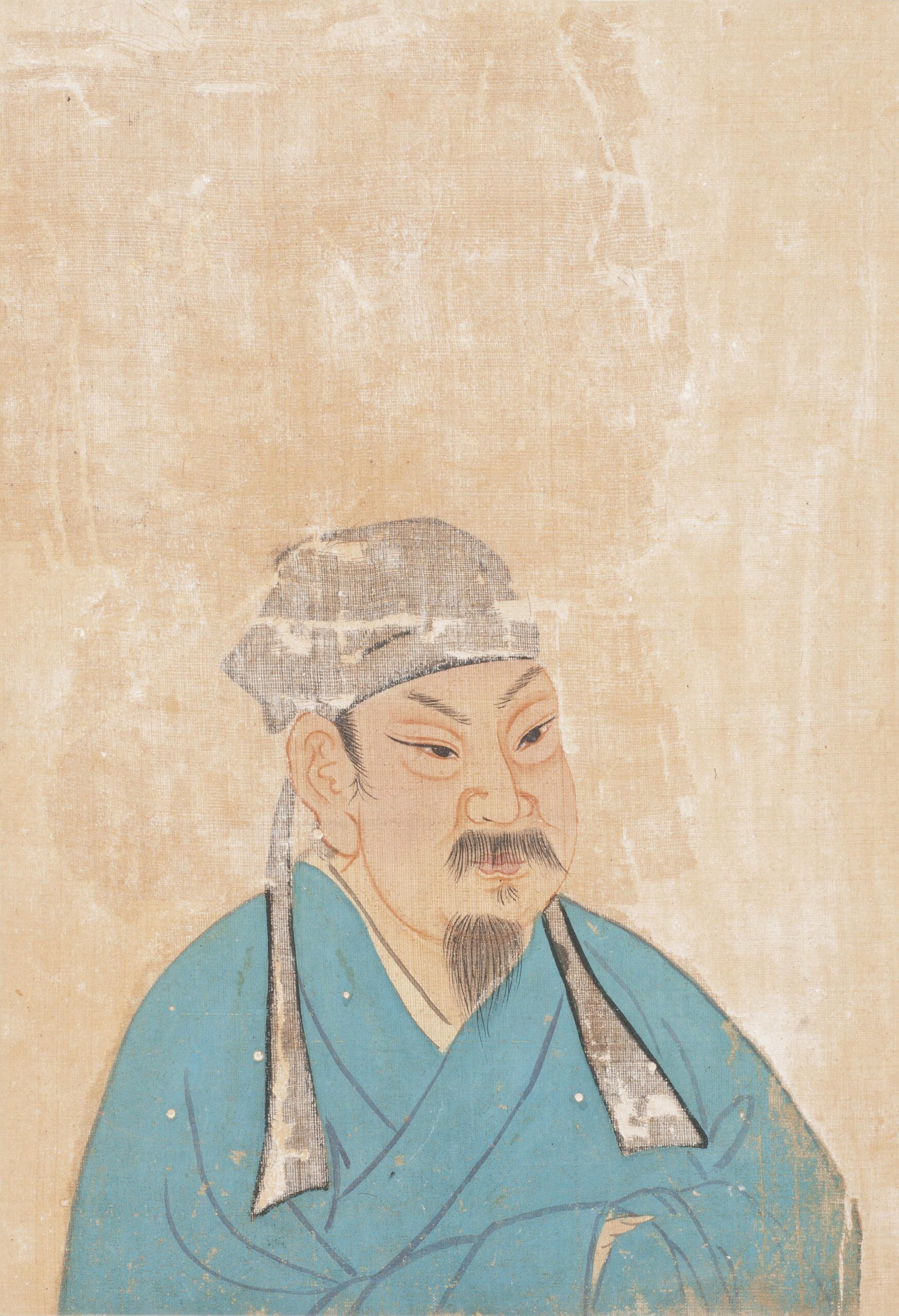
In fact, it’s Zhou Dunyi (1017-1073) who is credited with elevating the lotus flower to a revered position in China. His teachings would greatly influence Cheng Hao (1032-1085) and Cheng Yi (1033-1107) both of whom were central to shaping Neo-Confucian thought. Along with Cheng Hao and Cheng Yi, Zhou Dunyi also worked with Shao Yong (1011-1077) and Zhang Zai (1020-1077). All would work towards integrating Confucian philosophy with Buddhist thought. This group of scholars would become known as the “Five Great Masters of the Northern Song Dynasty.”
Of all their work, it’s the “Ai Lian Shuo,” or “On Loving the Lotus Flower” in English, that’s the most celebrated and connected to the lotus flower. The text presents the lotus flower as a symbol to help portray the ideal character of a Confucian scholar, elevating it to a position above Tao Yuanming’s (365-427 A.D) chrysanthemum or the Tang Dynasty’s (618–690, 705–907 A.D.) reverence for the peony. In his depiction, Zhou Dunyi emphasizes the lotus flower emerging from murky waters, yet remaining pure, and its fragrant scent spreading far and wide.
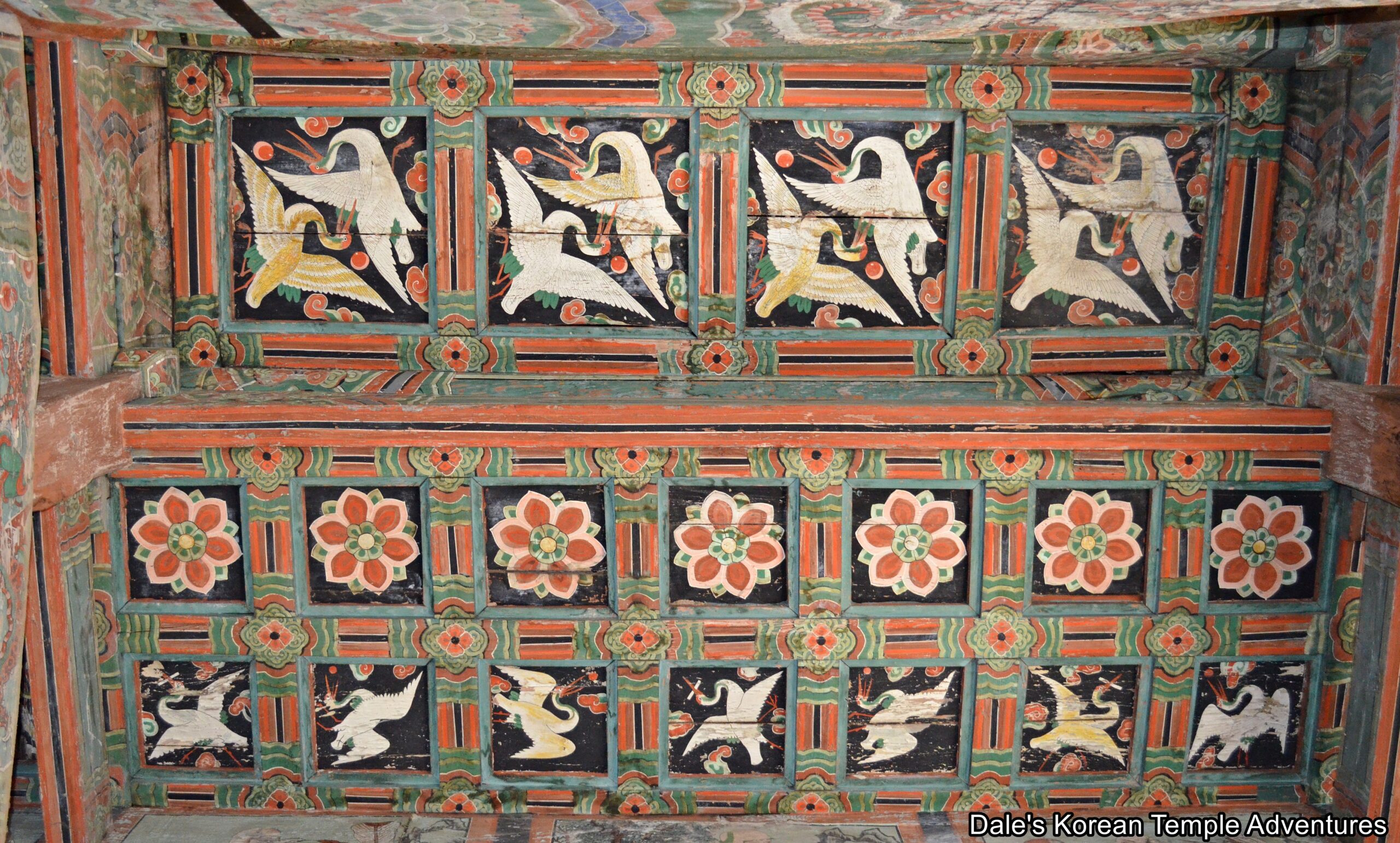
Conclusion
The high regard for the symbolic value of the lotus flower traveled eastward towards the Korean Peninsula. Like so much of Chinese Buddhism that migrated eastward, Korean Buddhism would absorb, incorporate, and then make it artistically and/or doctrinally its own. Such is the case with the lotus flower and all of its various manifestations at Korean Buddhist temples, whether it’s in a painting, a statue, or latticework. They are both stunning and profound in their graceful beauty. So the next time you’re at a Korean Buddhist temple look around at all that the temple has to offer artistically, and you might just be surprised when you spot a lotus flower.
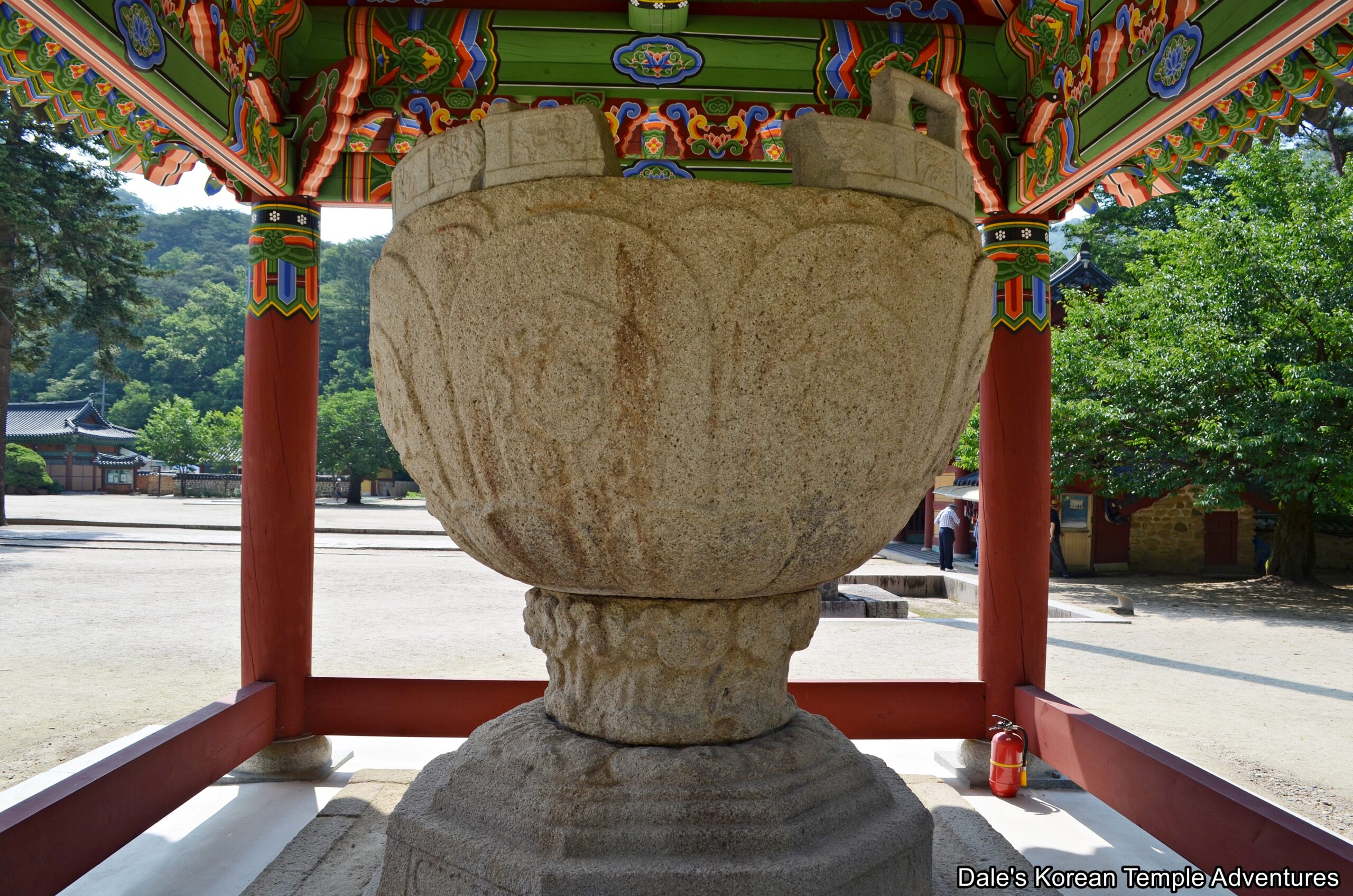

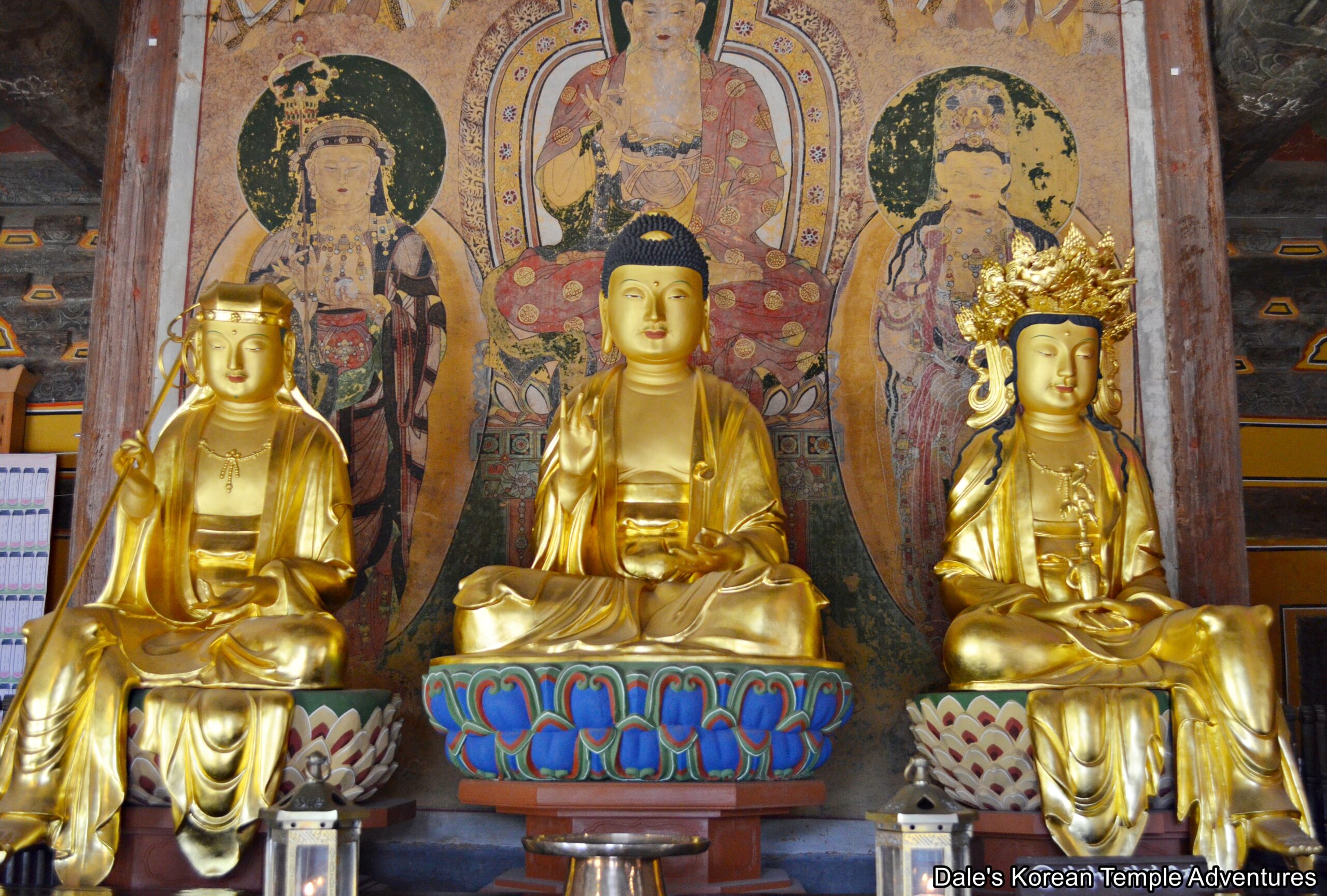
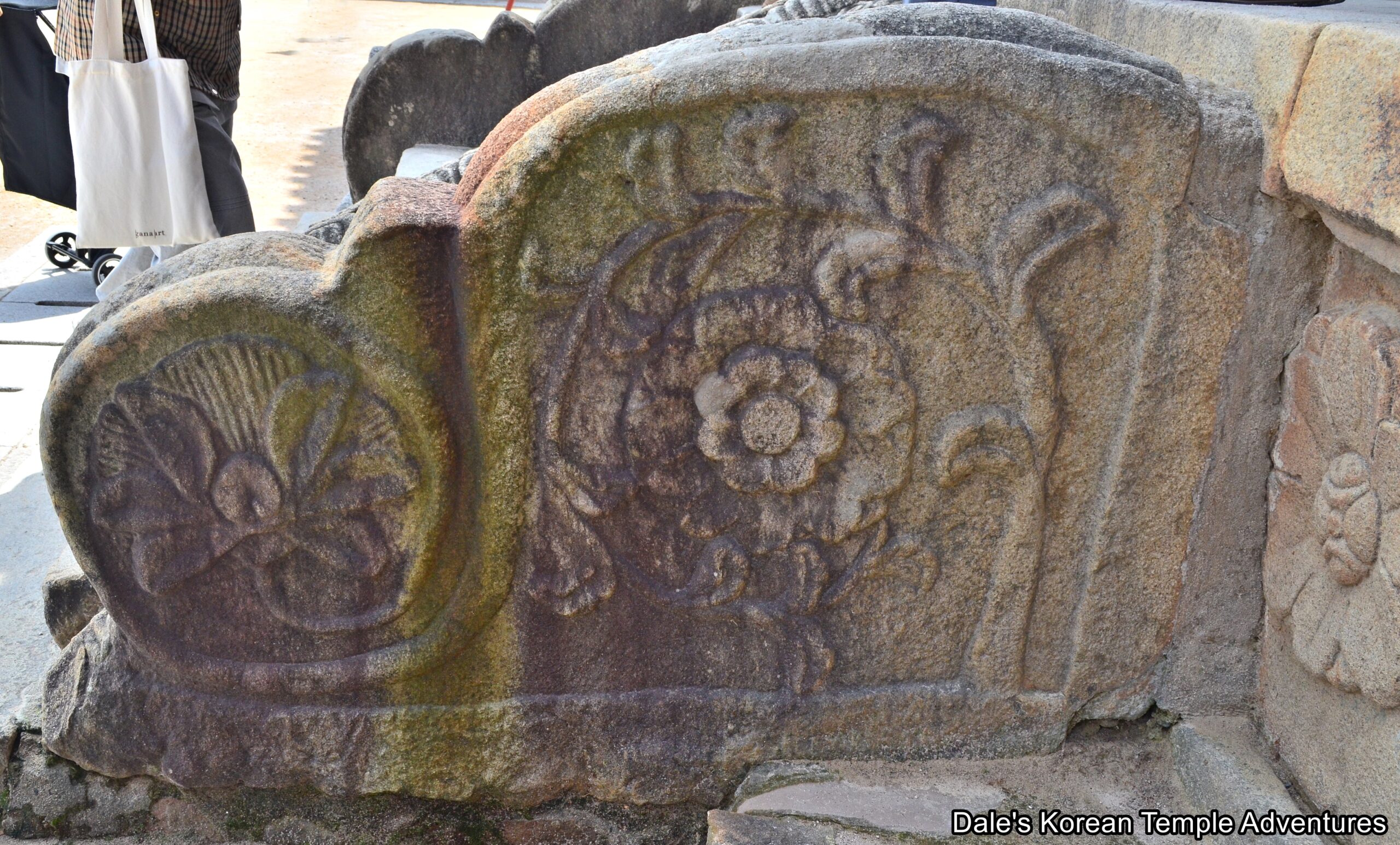
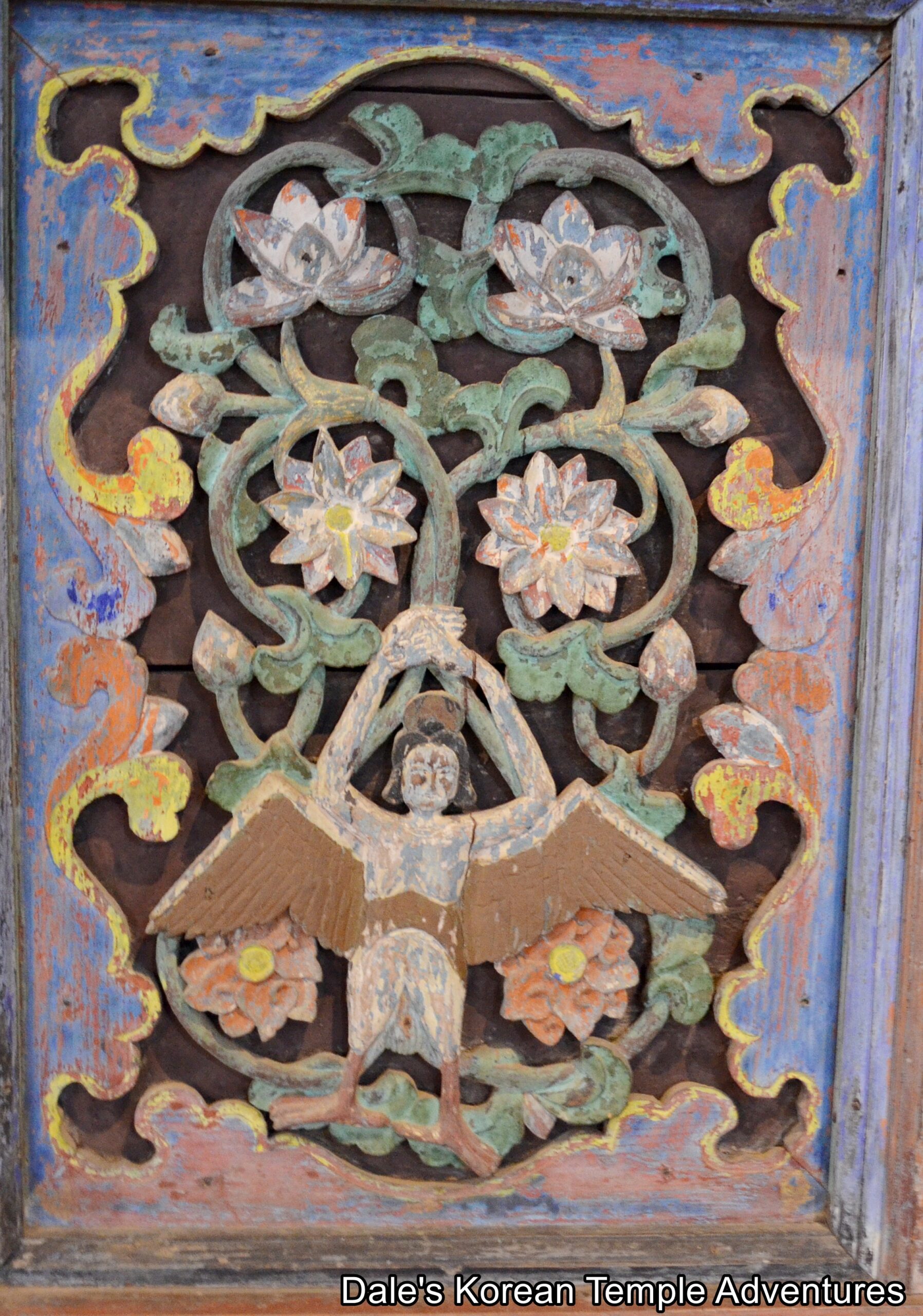
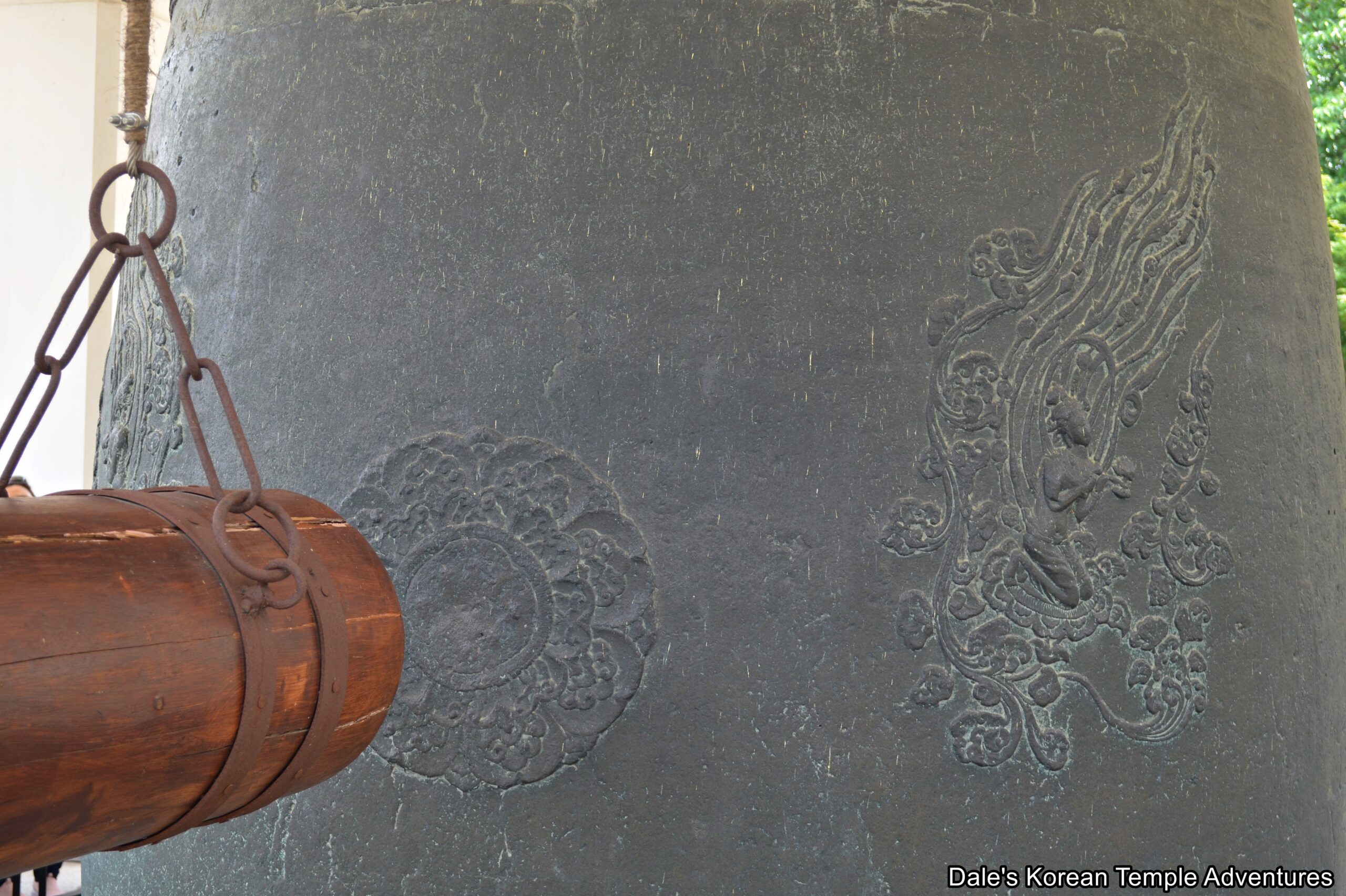


Recent comments